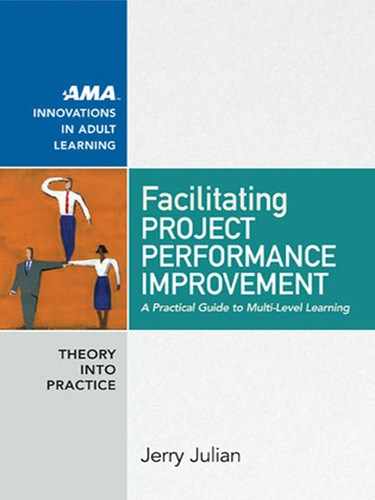30 Foundations
American Management Association
www.amanet.org
has unintended consequences. Moreover, productive re ection practices
may change over time from one stage to another within the same environ-
ment, depending on the circumstances and the context.
THE U.S. ARMY’S AFTER-ACTION REVIEW PROCESS
If you think productive re ection is useful only for philosophers, academ-
ics, and poets, think again. Marilyn Darling, Charles Parry, and Joseph
Moore (2005) describe the U.S. Army’s approach to improving combat per-
formance: the After Action Review (AAR). This program, developed and
implemented by the U.S. Army, is now used in part by companies such as
Colgate- Palmolive, DTE Energy, Harley- Davidson, and J. M. Huber. AARs
are part of a planning and learning cycle that starts before and continues
through simulated battles in the deserts of California. The cycle begins
with a plan, drafted by a senior commander of the “opposing force,” that
includes the task to be completed, the purpose of the task, the command-
er’s intent, and the expected result. These orders are then shared with sub-
ordinate commanders, who, through a “brief- back,” verbally explain their
understanding of the order. A rehearsal of the battle is then conducted to
ensure that each unit has a clear understanding of its battle plan.
Darling et al. claim that this “before- action planning” helps establish
the basis and climate for the After Action Review meeting, which occurs
immediately following each phase of the battle. Subordinates clarify their
orders in advance because they know that they will be participating in an
AAR meeting after the event and will have to publicly discuss what worked
and what did not.
The AAR meeting is most often facilitated by the unit leader’s execu-
tive o cer, the second in command. The meeting begins with “a reitera-
tion of the house rules,” which include: “Participate. No thin skins. Leave
your stripes at the door. Take notes. Focus on our issues, not the issues of
those above us [in the hierarchy]” (p. 88). The executive o cer reiterates
the original mission, intent, and expected outcome. The o cer then de-
scribes the actual outcome, provides a brief review of events, and reviews
associated battle eld metrics that relate to the original objective.
AARs focus on improving a unit’s own learning and performance. Four
questions are addressed in the AAR meeting: What was the intent? What
..................Content has been hidden....................
You can't read the all page of ebook, please click here login for view all page.
